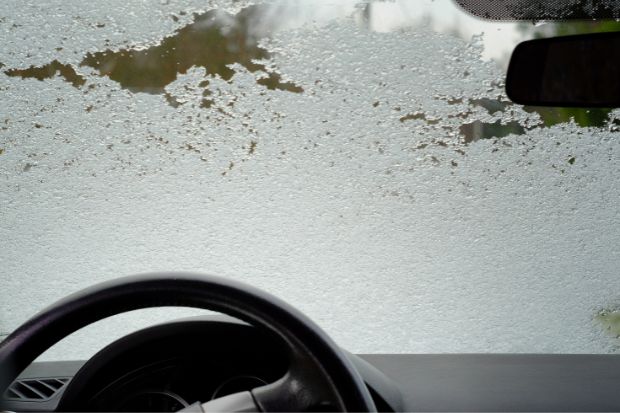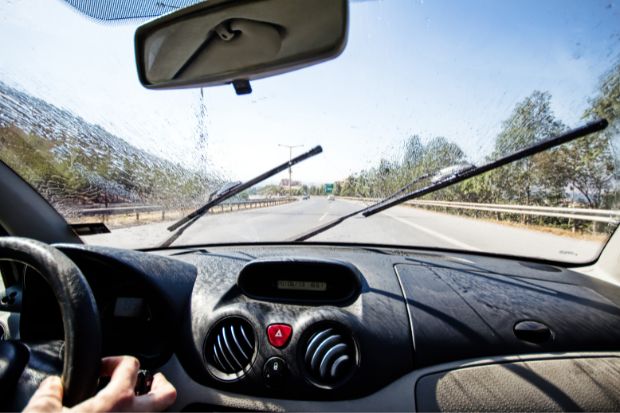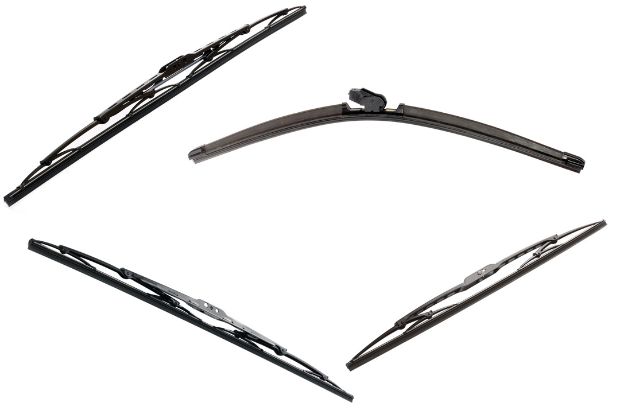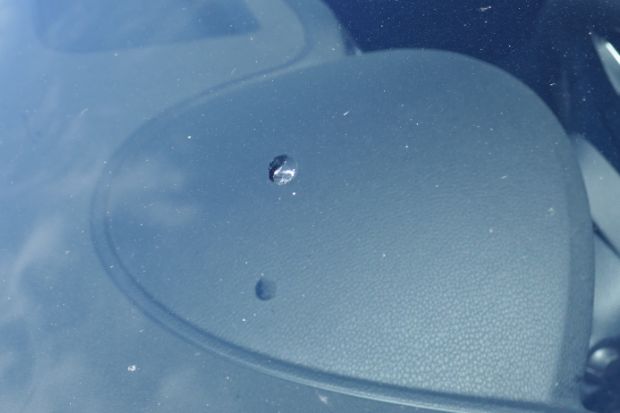What is an automotive rain sensor? The automotive rain sensor...
Defrosting A Car Windshield: Do’s And Don’ts

Snow and ice can be serious problems for any driver. But winter storms aren’t always a matter of bad weather—sometimes, it’s just the need to defrost your windshield. Whether you’re trying to scrape away snow or frost from your windshield, there are steps that you can take to do it safely and effectively. Here’s how:
1. Don’t pour hot water on the windshield.
The heat of the water or steam can damage the windshield and lead to cracks. The same goes for a hair dryer, iron, or any other heating device.
2. Do scrape, slowly and gently, to remove ice.
You should use a scraper to remove ice from your windshield. Scrape in the direction of the wiper, and do so in a circular motion. Also, begin by scraping off small sections at a time. Do not use sharp objects such as knives or similar objects to scrape your windshield; this could damage your car’s paint job.
Do use an ice scraper for defrosting a car windshield.
- Use an ice scraper with a metal blade. A metal ice scraper is more likely to get the job done.
- Use an ice scraper with a rubberized handle. A rubberized handle will help prevent your hand from slipping and getting injured while you’re scraping off the windshield but don’t go for one that’s too large, or it might not work as well for you as other options do.
- Make sure the blade is straight and sharp enough to cut through all of the ice on your windshield without any issues at all—don’t use anything that seems dull or bent!
- If possible, choose a scraper that’s long enough so that it can reach across your entire windshield; otherwise, there are going to be some parts where snow builds up and won’t come off even though there might have been room for them when first starting out!
3. Don’t start the car with a frozen windshield.
Don’t start the car in the morning without defrosting it. The needle of your temperature gauge will be higher when you first start driving than at any other time during a short trip, so you can remove ice from your window by turning on either of your car’s heaters or by rolling down all four windows and letting in some fresh air. This method also works if you have to drive on a highway because there is no traffic, but if there is traffic near you, then it would be better not to do this because other drivers might object to having their view of the road obscured by someone else’s fogged-up windshield!
4. Do make sure you have proper ventilation.
It’s important to be aware of the amount of heat being pumped into your car before you start. Make sure that there is proper ventilation, and that you are not leaving the car running in a garage or with its windows open. Your exhaust pipes will build up carbon monoxide, which can kill you as well as freeze over your windshield!
5. Don’t let the defroster run without scraping ice off first.
You want to be sure that the ice has been removed before you turn on the defroster. If you don’t, it will just melt a little bit of ice and then not work. The same goes for preheating your windows with air from inside your car—it won’t melt any more than what’s already there.
The reason this happens is that when you turn on your defroster or preheat your windows, the glass heats up very quickly from ambient temperature to about 100 degrees Fahrenheit (38 Celsius). The heat causes some of the ice on top of the windshield to melt and fall off onto either side of the glass pane (or whatever part of your car’s bodywork is being heated).
When this same area refreezes after turning off the fan or air conditioner, it forms a thicker layer that must be chipped off manually by scraping with a credit card or similar object—a frustrating task if you’re trying to get somewhere!
6. Do add isopropyl alcohol to your water.
The first step in removing ice from your windshield is to start with a mixture of water and isopropyl alcohol. This combination will freeze at a lower temperature than pure water and will form crystals that are larger, which makes them easier to remove. Isopropyl alcohol can be used straight or diluted with water, so you can adjust the ratio depending on how much ice you want to remove.
- Isopropyl alcohol is not flammable, so you don’t have to worry about fires when using it.
- It evaporates quickly, leaving no residue behind on the glass surface or painted surfaces like bumpers and grills (which could promote corrosion).
Defrosting your car’s windshield: Extra Tips
- Do not use too much force when scraping the ice off of your windshield. It’s tempting to apply as much pressure as possible, but if you’re too rough with it, you could end up cracking your glass.
- Don’t scrape too fast either. You don’t want to break through any layers and cut yourself on a sharp edge. This can happen if there is a crack in the windshield that wasn’t visible at first glance or if you are scraping too quickly over an area where there are no chips or cracks yet—you can chip right through and slice opens your finger before realizing what happened!
- Warm water will not help clear up ice on a car window; instead, use cold water from inside the house (which has been heated by radiators all day). If hot water freezes faster than cold water does, then using warm water could actually make things worse—the heat from boiling will cause more ice buildup as well as potentially cracking the windshield itself due to expansion from sudden cooling off once outside again after having been inside for so long…
The above tips will help you avoid damage to your glass or yourself while defrosting a windshield.
Popular Searches
Audi Windshield Replacement in Santa Clara County
Auto Car Window Tinting in Santa Clara County
Auto Glass Repair and Replacement in Santa Clara County
Auto Glass Repair in Santa Clara County
BMW Windshield Chip Repair in Santa Clara County
BMW Windshield Repair and Replacement Services in Santa Clara County
Car Window Repair in santa clara
Car Window Repair in Santa Clara County
Commercial truck windshield replacement
Dodge Windshield Repair and Replacement Services in Santa Clara County
Dodge Windshield Replacement in Santa Clara County
Glass repairs for cars near me
Honda pilot windshield replacement cost
Honda Windshield Repair and Replacement Services in Santa Clara County
Honda Windshield Replacement in Santa Clara County
Hyundai Tucson windshield replacement
Hyundai Windshield Repair and Replacement Services in Santa Clara County
Hyundai Windshield Replacement in Santa Clara County
Jeep Windshield Repair and Replacement Services in Santa Clara County
Jeep Wrangler Windshield Replacement in Santa Clara County
Kia Windshield Repair and Replacement Services in Santa Clara County
Kia Windshield Replacement in Santa Clara County
Mobile Auto Glass in Santa Clara County
Mobile Auto Glass Repair in Santa Clara County
Mobile glass replacement near me
Same day windshield repair near me
Toyota Camry side mirror glass replacement
Windshield Calibration in Santa Clara County
Windshield Chip Repair in Santa Clara County
Windshield chip repair near me
Windshield Repair and Replacement Services in Santa Clara County
Windshield Repair and Replacement Services Near Me
Windshield Repair in Santa Clara County
Windshield repair service near me
Windshield Replacement Near Me
Windshield Replacement Services in Santa Clara County
Read more Articles
Are windshield wipers of different sizes?
Are windshield wipers of different sizes? It is a common...
How To Reduce Glare On Your Car Windshield?
How To Reduce Glare On Your Car Windshield? Getting into...



